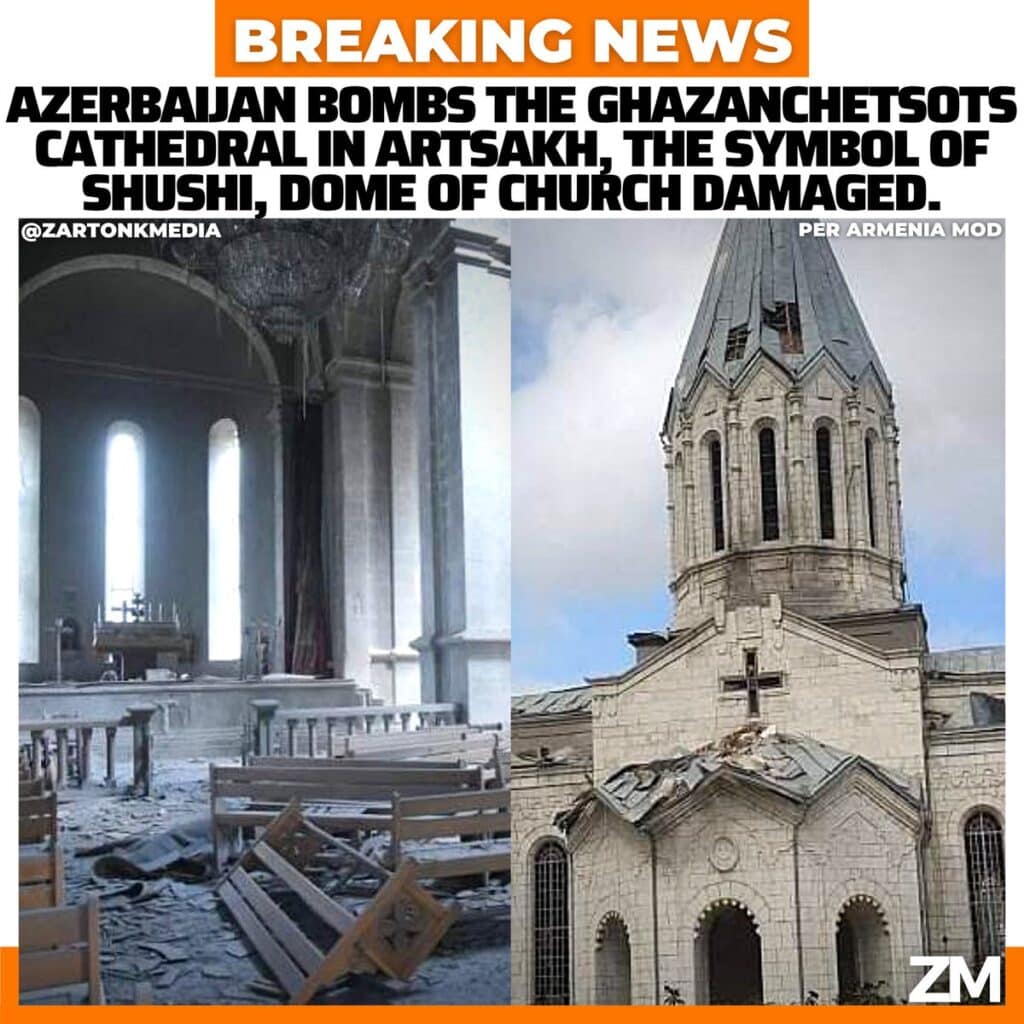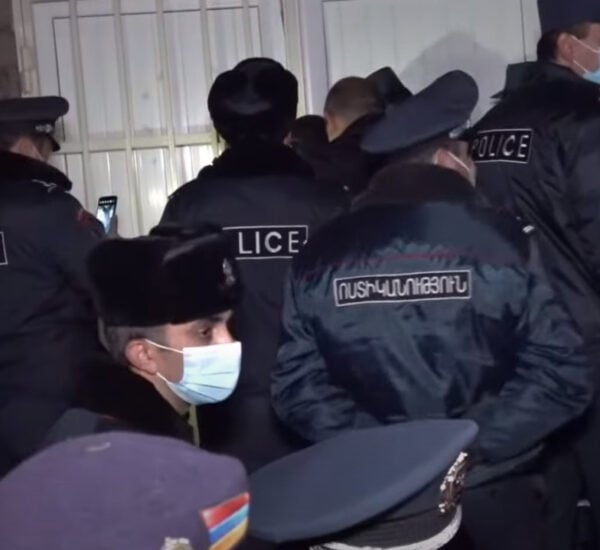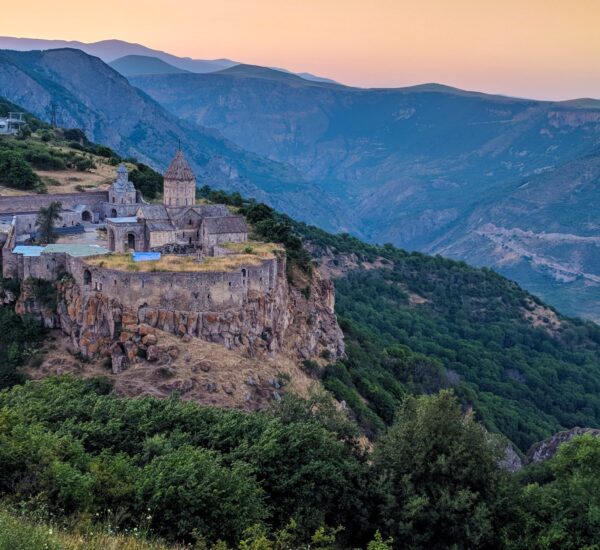What is categorized as war crimes?
Since the beginning of time, people have fought to settle disagreements and have done so in many different ways. The further in history we go, the more brutal form those conflicts take. Wars between indigenous people were often bordering on feral and this war tactic stuck around for centuries. Without rules to limit their actions, people continued with this inhumane method of warring where the objective was to kill the enemy no matter what.
In 1864, driven by the rise of the humanitarian spirit, the Geneva Convention was established. Otherwise known as the international humanitarian law, it represented the first set of written rules of war. It dealt closely with the way sick, wounded and captives in war should be treated, and forbade many practices of war that were used to humiliate and torture (both physically and psychologically) the enemy.

© ICRC / hist-d-00026
Over the years, the Geneva Convention was revised many times, but finally, in 1949, the convention was completed and placed forth the set of rules of war that are to be followed and practiced all around the world. And anything that goes against these internationally accepted humanitarian laws is considered a war crime.
In today’s world, where people seem to be more protected and wars are being waged on the economy field, rather than on battlefield, any new armed conflict immediately comes to the center of attention and its events are followed closely. And nothing is more shocking than when a country at war goes against the basic rules of war, violating a convention all nations swore to obey.
A war that erupted between Armenia and Azerbaijan started on September 27th on the territory of Nagorno-Karabakh and it lasted for 44 days. Since day 1, interned has been swamped with evidence of war crimes such as a video depicting the execution of two civilians by Azerbaijan Army that shocked the international media.
It has been decades that the international rules of war have been put to use and the inhuman ways of fighting are, or should be, a thing of the past now.But the brutal murder was not the only war crime registered during the Armenia-Azerbaijan war. And while Baku keeps denying violations of the humanitarian law and war crimes committed by Azerbaijani troops, there are multiple confirmed cases
Azerbaijan War Crimes Exposed
Deliberate Attacks on Civilian Objects
In the course of the 44-day war in Nagorno Karabakh, Azerbaijan continually targeted civilian objects and infrastructures.
While the armed forces of Armenia were not settled in many cities and towns of Nagorno Karabakh, Azerbaijan targeted them with heavy artillery as well as used air force to do damage to civilian infrastructures. These include gas pipelines, water supply systems, bridges, residential buildings, shops, etc. Satellite images reveal the damage and major destruction the capital Stepanakert has suffered.
Moreover, Azerbaijan’s military forces targeted the maternity hospital of Stepanakert. Video evidence shows severe damage the shelling has caused the hospital.
Aside from Stepanakert, Shushi was also targeted and hit multiple times on the same day, resulting in three civilian casualties.
🚨New @hrw report: Azerbaijani forces carried out apparently indiscriminate attacks n Stepanakert n violation of the laws of war during the conflict n Nagorno-Karabakh.
— Richard Weir (@rich_weir) December 11, 2020
Azerbaijani Govt shld impartially investigate, hold those responsible accountable. https://t.co/Z3vA6wUhfg pic.twitter.com/GMEyt8qthM
Holding Hostage, Killing, and Humiliating Civilians
During the 44-day war, children, women, and the elderly were mostly evacuated to Armenia. Many stayed in the shelters as they did during the First Nagorno Karabakh War (1988-1994).
Elderly people and people with disabilities, who couldn’t evacuate without help and lived in small villages closer to heated areas of the military conflict, became subjects to humiliation and extreme acts of cruelty.
One of the first cases reported was the killing of a mother and her disabled son in the city of Hadrut. Taking into account that the elderly woman and the disabled man couldn’t fight a group of armed soldiers, the fact that they shot the disabled man several times in the chest and abdomen, proves the deep-rooted Armenophobia of Azeri people.
This Artsakh resident who was captured earlier, Kamo Grigorievich, was released which today’s POWs. https://t.co/iRqhiUmadz
— 301🇦🇲 (@301_AD) December 14, 2020
The Human Rights Ombudsmen of Artsakh published an interim report with photo evidence on the case. According to the pictures, the disabled boy was also shot in the palm of his hand that he allegedly raised as a sign of being unarmed.
At least two cases of brutally killing and humiliating civilians have been recorded after November 10 ceasefire agreement based on the videos uploaded and spread by the Azerbaijani soldiers. It is important to note that in all videos the faces of those violating the international humanitarian law are not covered and can be easily identified.
One video shows a group of Azerbaijani soldiers humiliating an elderly man. The man is blind and hardly walks.
The most recent video showcasing a beheading scene of an elderly civilian started spreading only a few days ago, on December 8.
As the abovementioned agreement lacks any dates on the process of returning the dead bodies and exchange of the prisoners of war, the Armenian side is now facing serious issues on safely returning the captured soldiers home..
While the Azerbaijani side claims that the process of exchanging the prisoners of war will take place after the exchange of dead bodies, Arman Tatoyan, the Human Rights Defender of Armenia, is warning about the Azerbaijani side intentionally protracting the process.
URGENT! #Azerbaijan artificially delays exchange of prisoners of war, captives, bodies & continues releasing videos of #torture. Plays with emotions of families, #Armenian society, intentionally causing mental suffering.This is part of Azerbaijani policy of genocide & war crimes.
— Arman Tatoyan (@atatoyan) November 27, 2020
Mistreating and Hiding the Number of Prisoners of War
Numerous videos on the internet show the inhumane treatment that the Armenian prisoners of war receive in Azerbaijan.
Azerbaijan is protracting the process of exchanging or returning the prisoners of war.
Additionally, as reported by Arman Tatoyan in a meeting with the US Ambassador in Armenia, Azerbaijan is also hiding the real number of captives. As all captives have been identified based on the videos uploaded by the Azeri soldiers, the fate of hundreds of Armenian soldiers is still unknown. This gives ground to believe that the number of prisoners of war that is reportedly close to 100 is much higher.
On December 9, Gevorg Altunyan, Head of the Information and Public Relations Department of the RA Ministry Defense, reported that three prisoners of war would be transferred to Armenia.
On December 10, the Ombudsmen of Artsakh Artak Beglaryan reported that the three people transferred to Armenia were not prisoners of war but civilian captives with severe health issues. Along with the three civilians, Azerbaijan returned a body of an elderly man that died while being kept hostage.
The process of returning the prisoners of war still has no confirmed dates. In the meantime, Azerbaijan doesn’t provide information on their health and the conditions they are kept in.
Banned Cluster Bombs
The use of cluster bombs in military conflicts is banned by international law. There are two reasons why these bombs are banned.
First, as cluster bombs explode, multiple smaller bomblets spread over a wide area indiscriminately. They can kill not only those taking part in fights but also civilians.
Second, many of the bomblets remain unexploded, causing damage and killing civilians for many years until they are found and professionally disposed.
The Human Rights Watch has confirmed the use of cluster munitions by Azerbaijan starting from the first week of the military conflict. Arman Tatoyan, the Ombudsmen of Armenia, reported the use of banned cluster bombs by Azerbaijan earlier in October.
Targeting Cultural and Religious Sites
Aside from shelling civilian infrastructures and residential areas of no military importance, Azerbaijan also targeted cultural monuments of Artsakh.

On October 8, Azerbaijan targeted the Ghazachetsots Catherdral of Shushi. As a religious site that could never serve for a military purpose, and this Azerbaijan knew from the First Nagorno Karabakh War, was targeted as a symbol of victory. The shelling of the church served the purpose of demoralizing the Armenian society.
The Armenian Ministry of Foreign affairs addressed this war crime act. UNESCO, on the other hand, was one of the first and few international organizations to condemn Azerbaijan’s acts of targeting cultural sites.
Using Armenian Military Uniforms
The use of the military uniform of the enemy during war is another violation of the internationally accepted war laws that the Azerbaijani side has broken during the 44-day war.
On October 24, Artak Beglaryan, the Human Rights Defender of Artsakh, reported that Azerbaijani soldiers in Armenian military uniforms were integrated into the fights. This had two purposes – to confuse the enemy and to reduce the number of their casualties.
As confirmed, Azerbaijan brought Syrian mercenaries to participate in the fights. And allegedly, they were the ones wearing Armenian uniforms as Azerbaijan was trying to hide the fact of foreign fighters on their side
Chemical Weapons and Use of Incendiary Munitions
There is confirmed evidence that Azerbaijan used prohibited incendiary phosphorus munitions.
As the Human Rights Defender Arman Tatoyan informed in October, phosphorus munitions were used in the forest areas of Nagorno Karabakh. Multiple civilians were hurt.
Injuries these munitions cause are brutal. They burn people to the bone and the deep wounds are hard to take care of as they can reignite as the bandages are taken off.
The Ombudsman obtained new evidence on the use of phosphorus munitions and confirmed the use of chemical weapons by Azerbaijan.
The use of phosphorus munitions also brings forth environmental issues as it burns forests and destroys the ecosystem. Underground waters and rivers in the areas where phosphorus munitions are used are also at the risk of being contaminated. The use of such weapons is strictly prohibited by international humanitarian law.
The indisputable evidences of war crimes committed by Azerbaijan and their continuous nature despite the ceasefire agreement should worry the international community and human rights organizations.
The violations of the Geneva Convention that is the core of international humanitarian law should be fairly probed and addressed. These violations are what diminish the value of the progress made through centuries.



